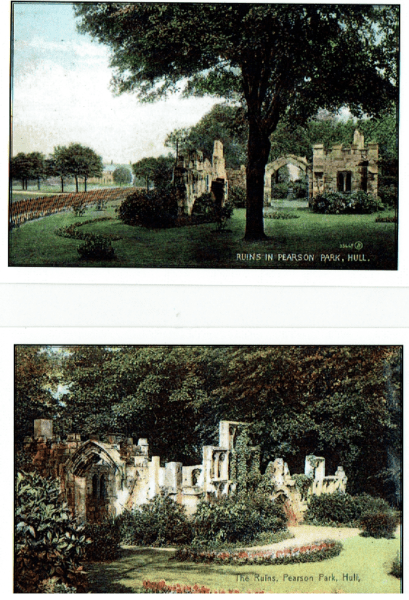
2/01/’25 While doing some online research for chapter two of proposed book (s.p.b.) I came across a very interesting website called The Folly Flaneuse, although the creator calls it a series of blogs/posts. Although she does not give her name she is a she as Flaneuse is the feminine form of the noun. The word ‘flaneuse’ does not seem to have an exact counterpart in English, but means someone who walks around, usually an urban area, taking an interest in the buildings, streets, landscape and people coming and going but keeping themselves in the background, observers rather than activists, and thus is a very interesting identity. The ‘Folly’ bit is because this person is particularly interested in ‘follies’ in the landscape and when she identifies one she researches its history and writes it up on the website, the website having a reference system. A ‘folly’ is a building or structure in the landscape that looks as though it had a specific function but usually didn’t apart from a novelty value, hence folly. Often, but not exclusively, they were built as a fashionable accessory in private parklands in the 18th and 19th centuries or as a dominant landmark in a hilly landscape and funded by the principal local landowner. There are quite a lot around and the author is in the process of building-up her inventory.
The particular folly that she has researched is the ‘ruins’ in Pearson Park, Hull.
To be continued.